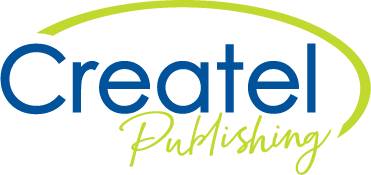The Hidden Sacrifices of Teachers
Sacrifice involves denying ourselves in both small and significant ways for a greater purpose. It means giving time, energy, and resources to help those in need, spending time assisting others and putting others’ needs before our own.
Sacrifice is often portrayed as a grand gesture in blockbuster movies, where characters give up something significant—often their very lives—for others. For example, John Krasinski’s character, Lee Abbott, in A Quiet Place sacrifices his life for his family. Similarly, Robert Downey Jr.’s character in Avengers: Endgame also saves the universe at the cost of his own life. In Interstellar, Matthew McConaughey’s character Cooper sacrifices time with his children to save them, while in the series Loki, Loki sacrifices his freedom to protect his friends and the universe. As we can see, the media portrays sacrifice as dramatic and obvious gestures, but less obvious sacrifices occur every day, particularly from our teachers.
There are many ways teachers are making sacrifices for the betterment of their students and schools. Many dedicate their time and energy outside of school hours to tasks such as lesson planning, curriculum mapping, report writing, grading, and attending parent meetings outside of school hours. One study found teachers in South Australia are working an average of 50 hours per week. Though outside working hours are not limited to South Australia, the OECD found Australian secondary schools work an average of 44.8 hours a week. These outside-of-work-tasks also impact teacher’s work-life balance and can also decrease time with their friends and families.
Along with their time, teachers are making financial sacrifices. With many classrooms finding themselves under-resourced, teachers are using their personal finances to ensure their classrooms have adequate resources to meet student learning needs. Last year, despite the rising cost of living, the Australian Education Union revealed on a national average, teachers are spending $159.5 million dollars out-of-pocket a year. As for individual teachers, they are spending an average of $885 to $1000 dollars a year on classroom costs.
Teaching also requires emotional labour where emotions must be managed, suppressed or simulated as part of the work. While this is common in many workplaces, teachers are especially expected to model behaviours and emotions for their students, regardless of the circumstances. In these hidden sacrifices, it is apparent teachers understand the impact of a good education, care about their students and are passionate about what they do.
The Golden Mean
While sacrifice is a positive habit, it requires a good balance. Aristotle once argued that all habits should strike a good balance between a deficiency and an excess. He called this the “golden mean”. With the habit of sacrifice, we should strive to find a good balance between insufficient sacrifice resulting in selfishness or the avoidance of responsibilities and excessive sacrifice resulting in self-neglect or a martyrdom complex. For many teachers, excessive sacrifice seems to cause this imbalance.
The golden mean lies in making meaningful sacrifices without compromising our own wellbeing. This may include dedicating time to students and responsibilities while ensuring our personal needs and boundaries are respected. It may also mean recognising when a sacrifice is absolutely necessary and when it may be excessive.
It’s also important to remember to engage in self-care and understand where our limits lie, stopping well before those limits. It may also be a good idea to build collaborative communities to spread the weight of responsibility among a group rather than an individual.
When we are mindful of our sacrifices and approach them thoughtfully, it can enhance our personal and communal growth. By striving for the Golden mean, individuals can develop a more sustainable approach to sacrifice that honours their commitments while maintaining their well-being.

Leave a Reply